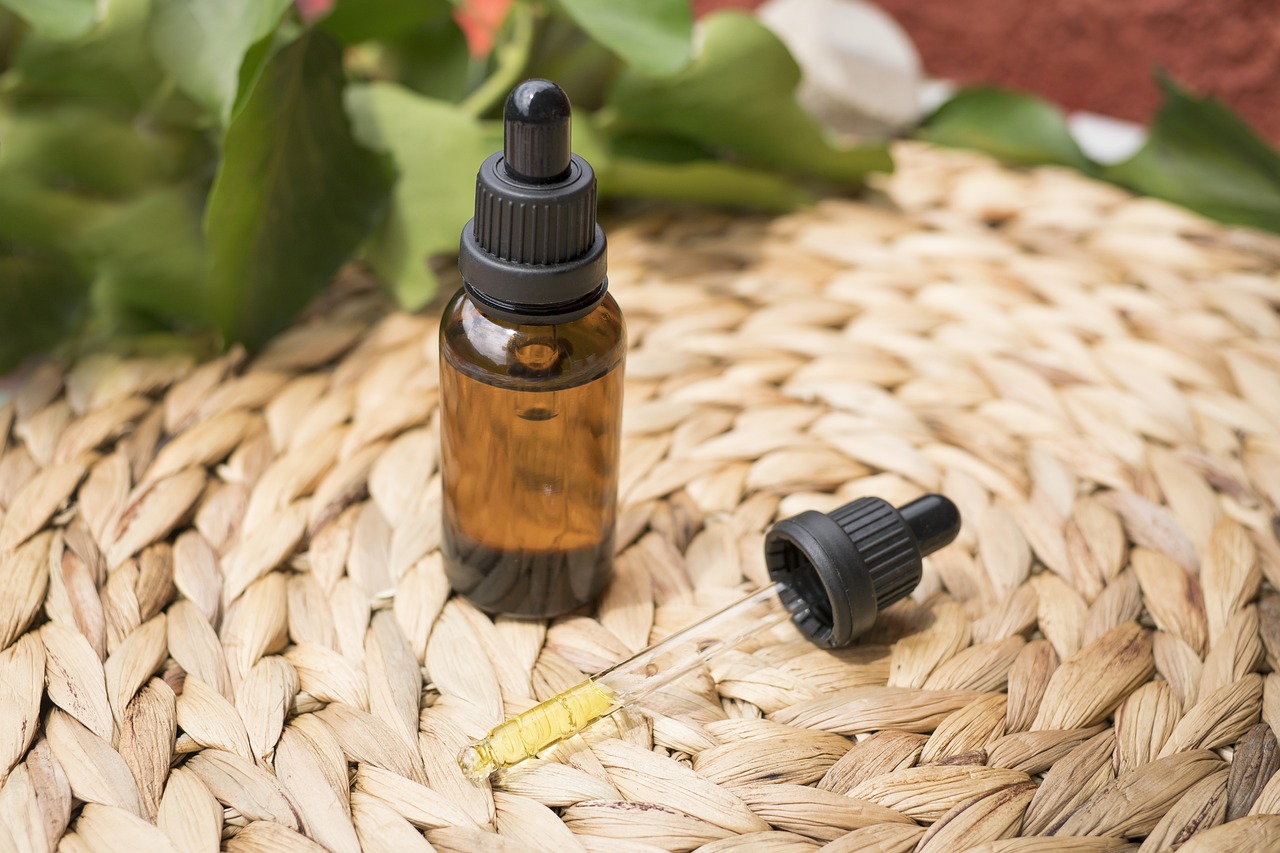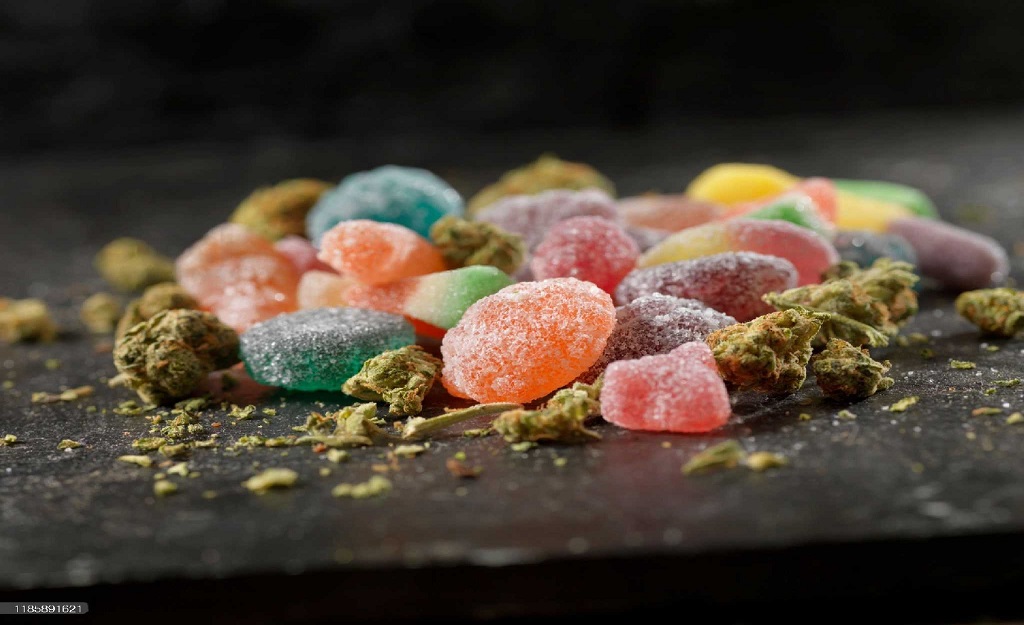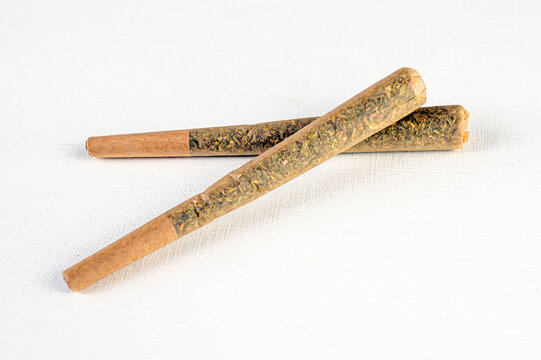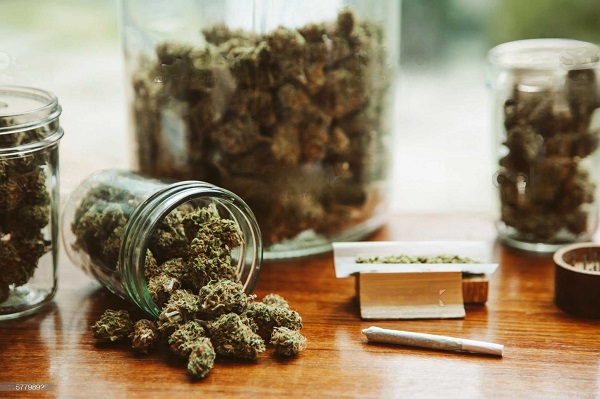In the ever-evolving landscape of wellness products, CBD tinctures have emerged as a popular choice for those seeking natural remedies for various ailments. Among the diverse array of carrier oils used in CBD tinctures, grape seed oil has gained prominence for its unique properties and potential health benefits. In this exploration, we trace the journey of CBD tincture in grape seed oil from its origins on the farm to its final destination in the bottle, unraveling the intricate process involved in bringing this therapeutic elixir to consumers.
Cultivation and Harvesting
The journey of CBD tincture in grape seed oil begins on the farm, where meticulous cultivation practices ensure the production of high-quality hemp plants rich in cannabidiol. Hemp cultivation involves careful selection of seed varieties, optimal soil conditions, and sustainable farming practices to promote healthy plant growth and maximize cannabinoid content.
Throughout the growing season, hemp plants are tended to with care, receiving adequate water, nutrients, and sunlight to support their development. Cultivation methods may vary depending on factors such as climate, soil type, and local regulations. In regions where hemp cultivation is legal and regulated, farmers adhere to strict guidelines to ensure compliance with industry standards and quality assurance protocols.
As the hemp plants mature, they undergo regular monitoring to assess their cannabinoid profiles and determine the optimal time for harvest. Harvesting typically occurs when the plants reach peak cannabinoid levels, usually around 8-12 weeks after planting. Careful timing of the harvest is crucial to maximize CBD content while minimizing THC levels to comply with legal requirements.
Extraction and Processing
Once harvested, the hemp plants undergo extraction to isolate the valuable cannabinoids, including CBD, from the plant material. There are various extraction methods employed in the industry, with CO2 extraction being one of the most widely used due to its efficiency and ability to produce high-quality extracts.
During the CO2 extraction process, carbon dioxide is pressurized and heated to transform into a supercritical state, allowing it to act as a solvent to extract cannabinoids and other beneficial compounds from the hemp plant. The resulting extract is rich in CBD and devoid of harmful solvents or contaminants, making it suitable for use in CBD tinctures.
Next, the CBD extract is combined with grape seed oil to create a tincture formulation. Grape seed oil is chosen for its nutritional profile, bioavailability, and compatibility with CBD, providing an ideal carrier for delivering the cannabinoid to the body. The CBD extract is carefully blended with grape seed oil in precise proportions to achieve the desired concentration and consistency.
Quality Control and Testing
Throughout the production process, stringent quality control measures are implemented to ensure the safety, purity, and potency of the CBD tincture. Quality control begins with the selection of high-quality hemp plants from reputable suppliers known for their adherence to organic farming practices and rigorous quality standards.
Once the CBD extract is obtained, it undergoes comprehensive testing by third-party laboratories to assess its cannabinoid content, terpene profile, and absence of contaminants such as pesticides, heavy metals, and residual solvents. These tests provide valuable insights into the composition and quality of the CBD extract, ensuring that it meets regulatory requirements and consumer expectations.
Similarly, the grape seed oil used in the tincture formulation is subjected to quality testing to verify its purity and authenticity. This may include analysis for fatty acid composition, antioxidant content, and sensory attributes to ensure that the oil meets the necessary standards for use in CBD products.
Packaging and Distribution
Once the CBD tincture is formulated and quality tested, it is ready for packaging and distribution to consumers. The tincture is typically bottled in amber glass containers to protect it from light and preserve its freshness and potency. Labeling requirements vary depending on regional regulations, but commonly include information such as product potency, ingredients, recommended dosage, and storage instructions.
The bottled CBD tinctures are then distributed through various channels, including online retailers, specialty stores, dispensaries, and healthcare practitioners. Consumers can purchase CBD tinctures conveniently from the comfort of their homes or seek guidance from knowledgeable professionals to make informed choices based on their individual needs and preferences.
Conclusion
From farm to bottle, the journey of CBD tincture in grape seed oil exemplifies the intricate process involved in creating a high-quality wellness product. By combining the therapeutic properties of CBD with the nutritional benefits of grape seed oil, manufacturers produce a potent elixir that offers relief and support for a variety of health conditions.
Through careful cultivation, extraction, testing, and packaging, CBD tinctures in grape seed oil are crafted with precision and care to ensure their safety, efficacy, and purity. As consumer demand for natural remedies continues to grow, the journey of CBD tincture grape seed oil serves as a testament to the commitment of producers to deliver wellness products that uphold the highest standards of quality and integrity.



